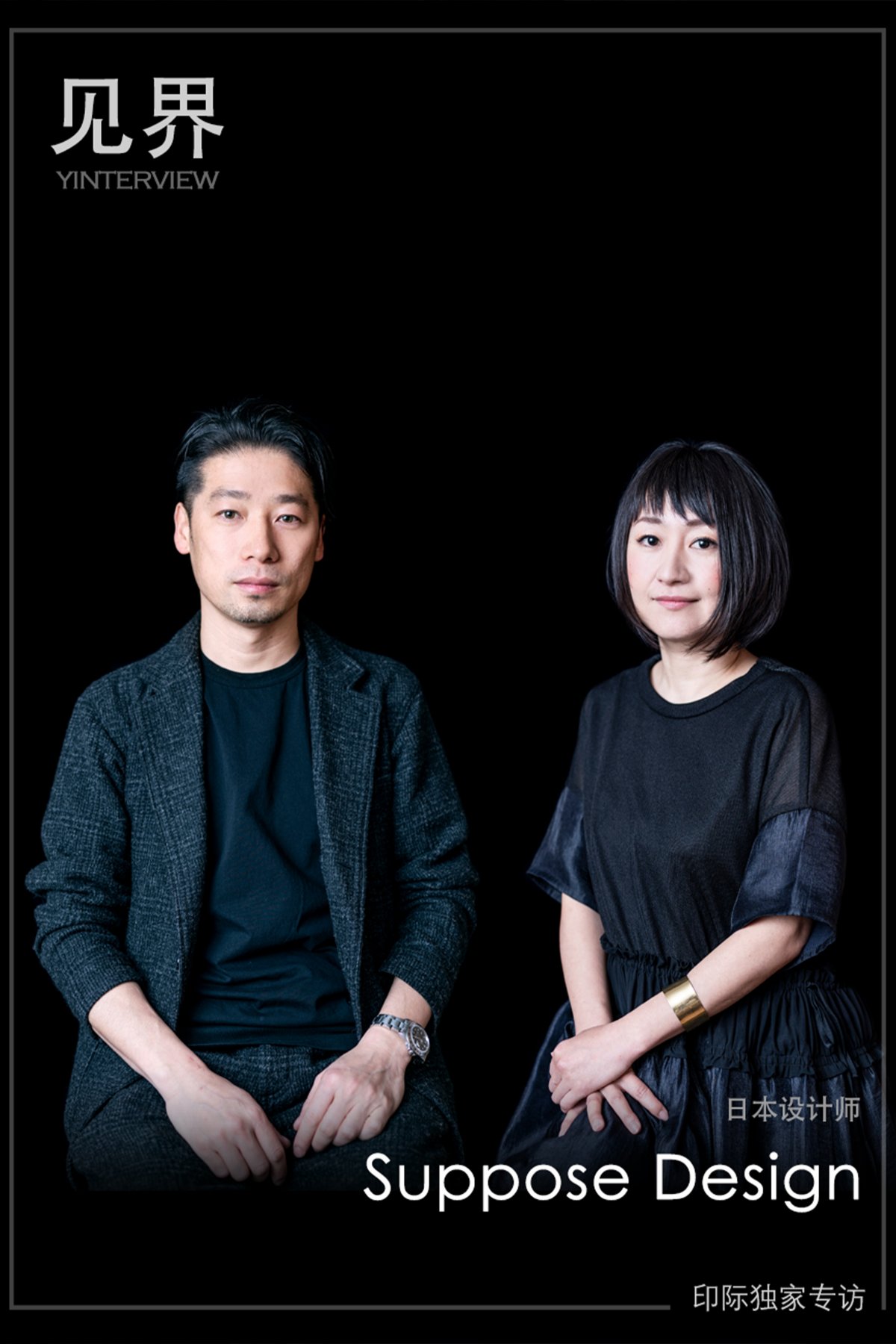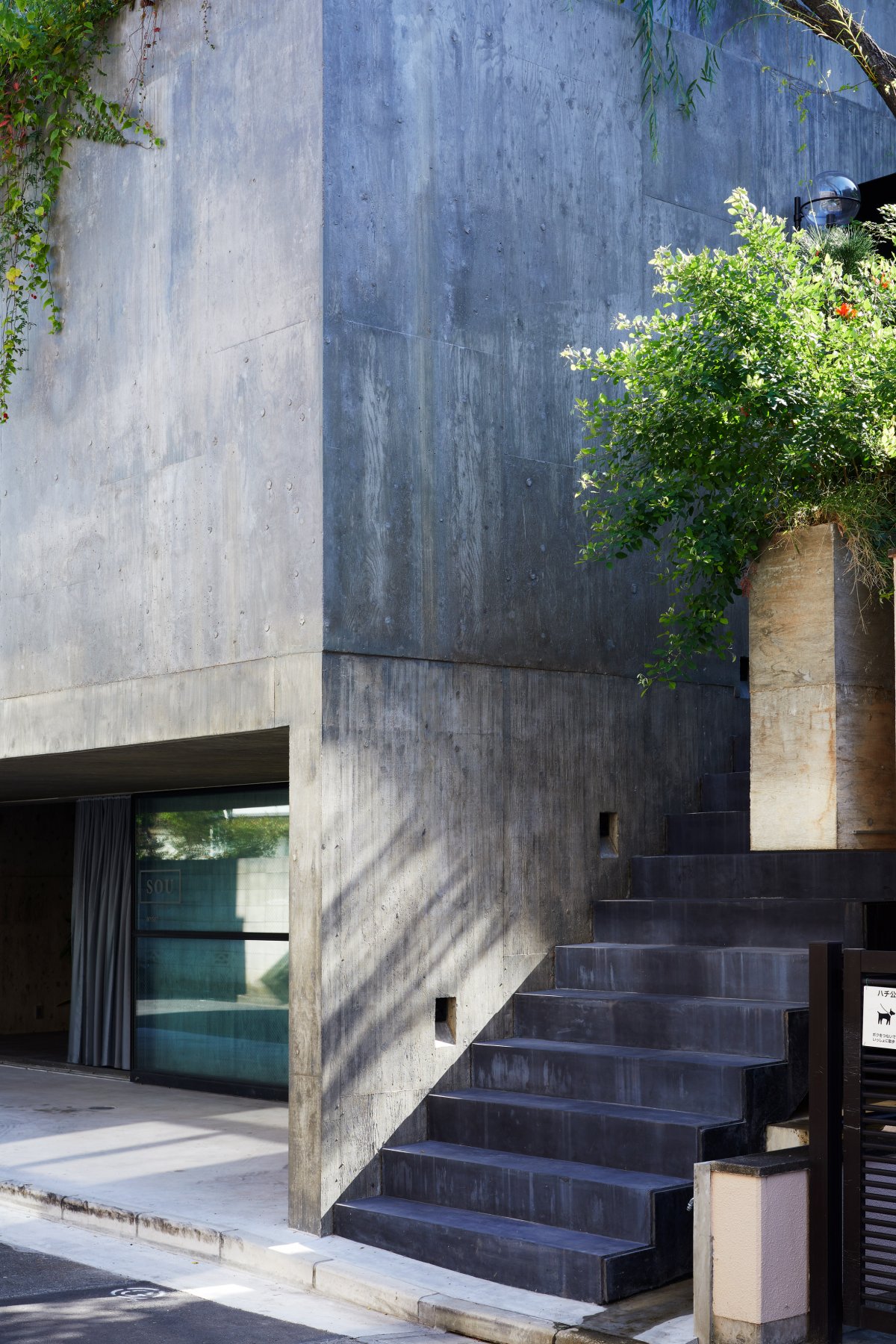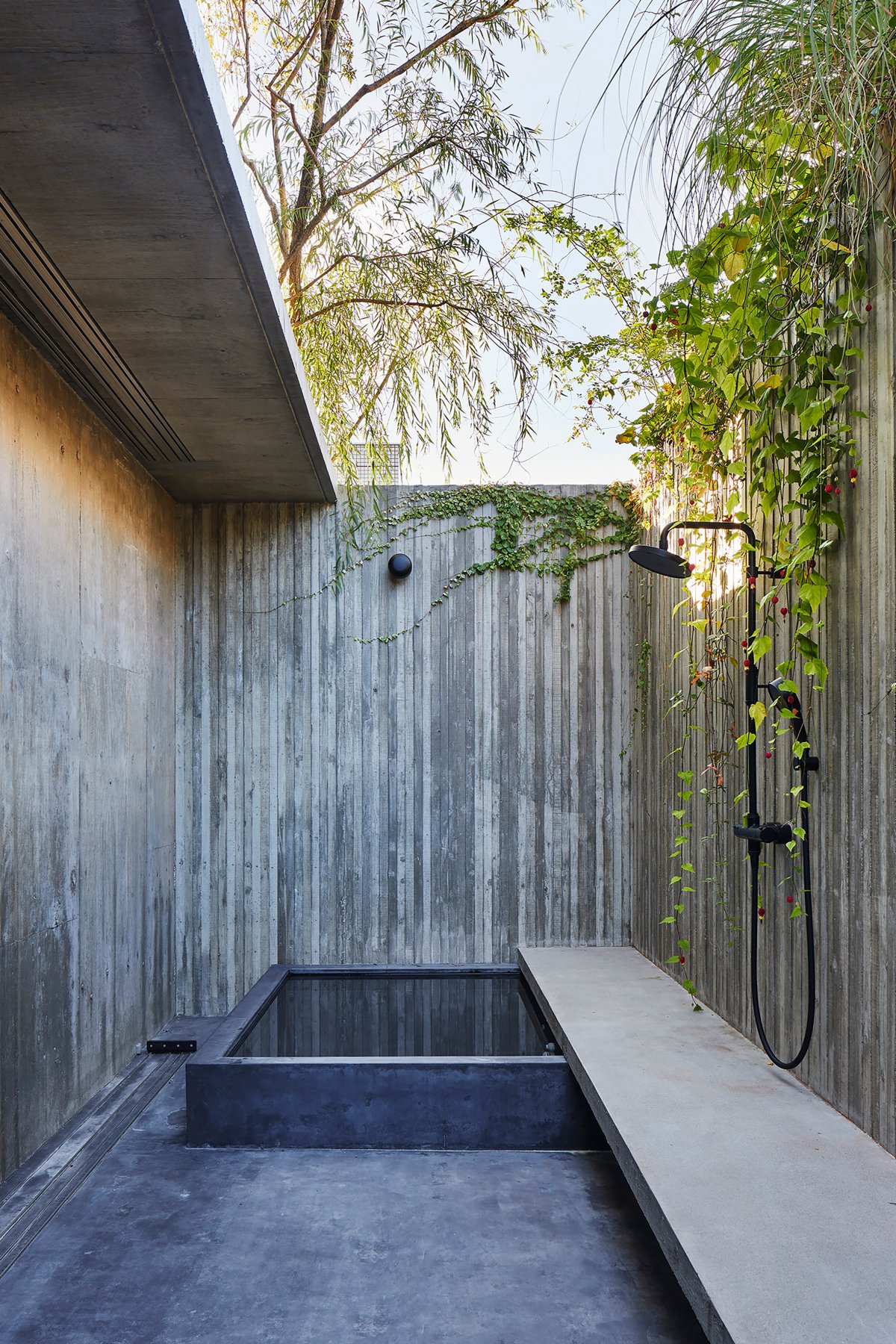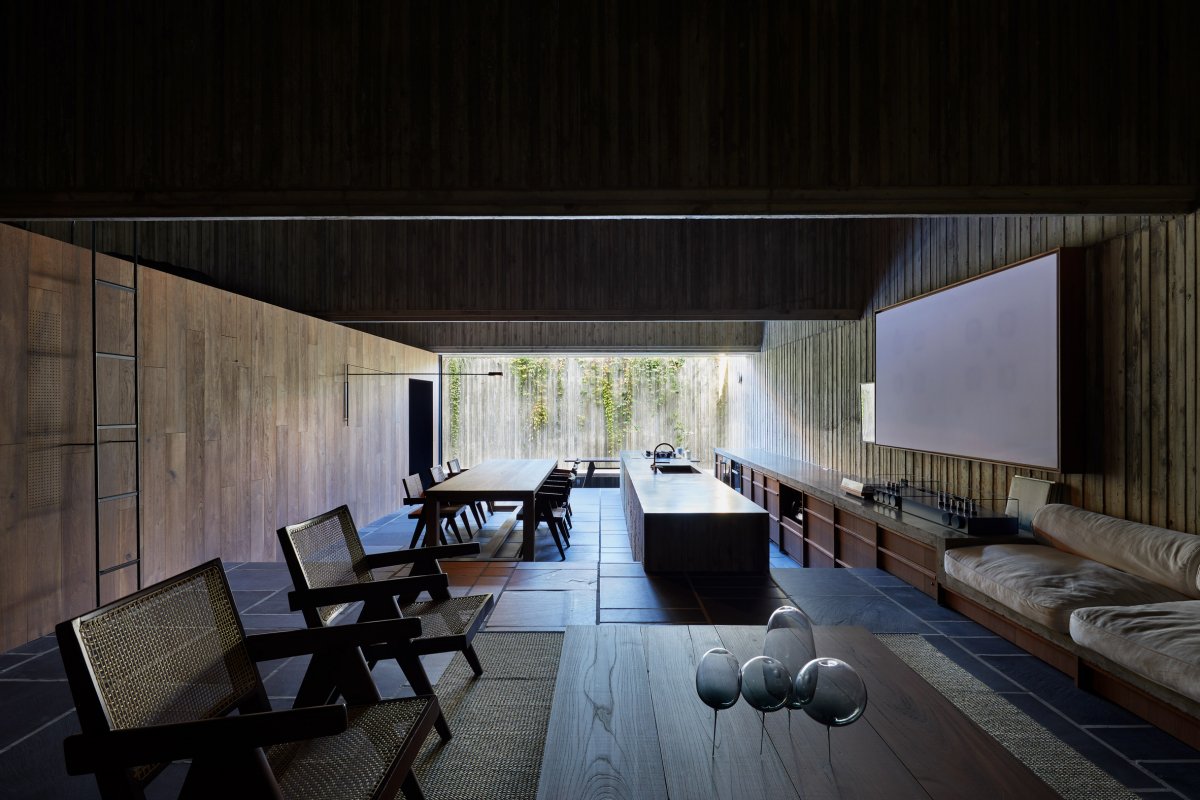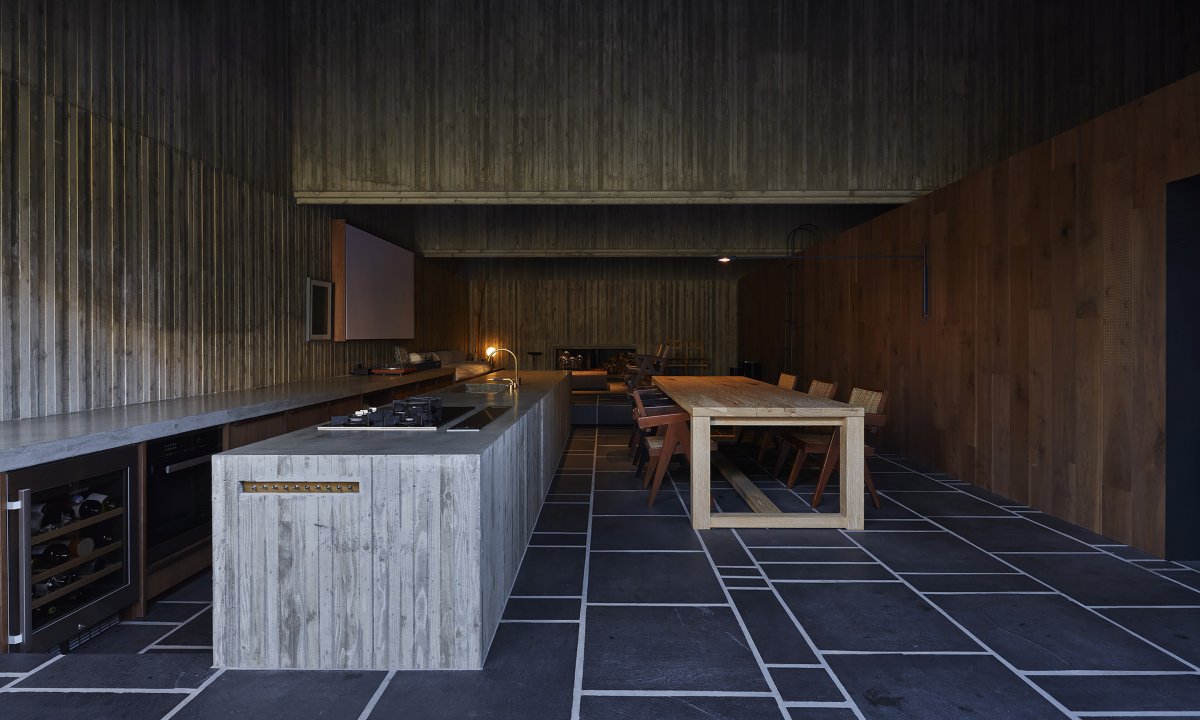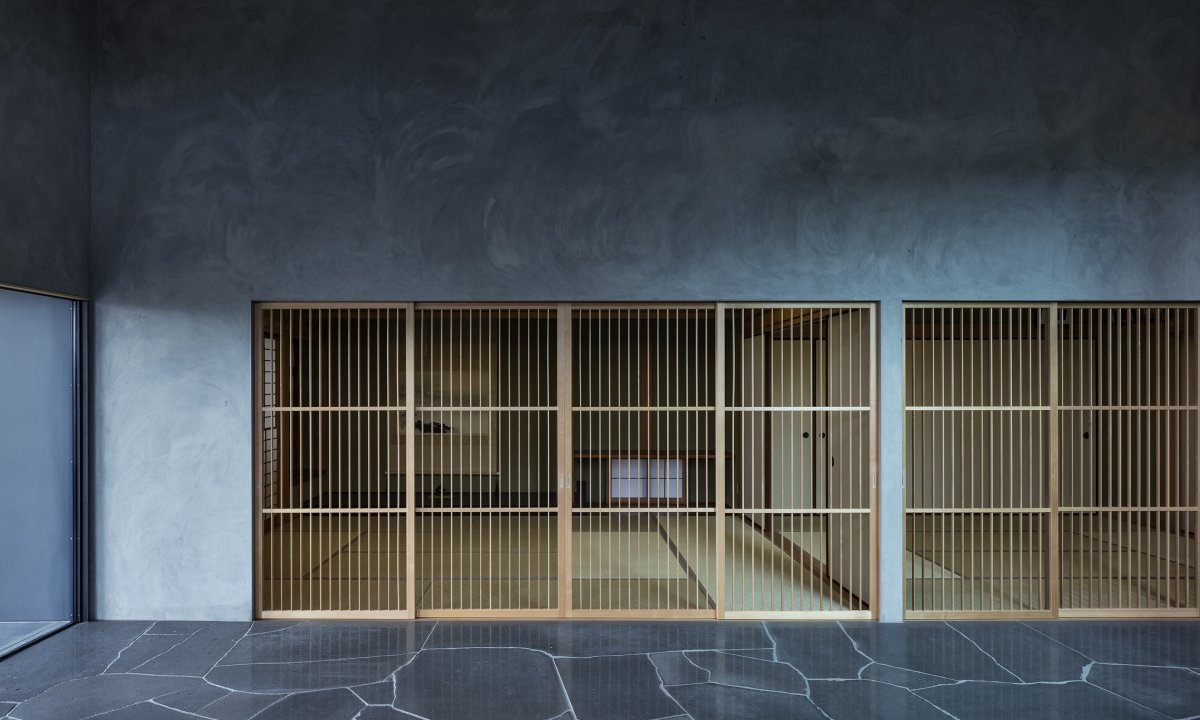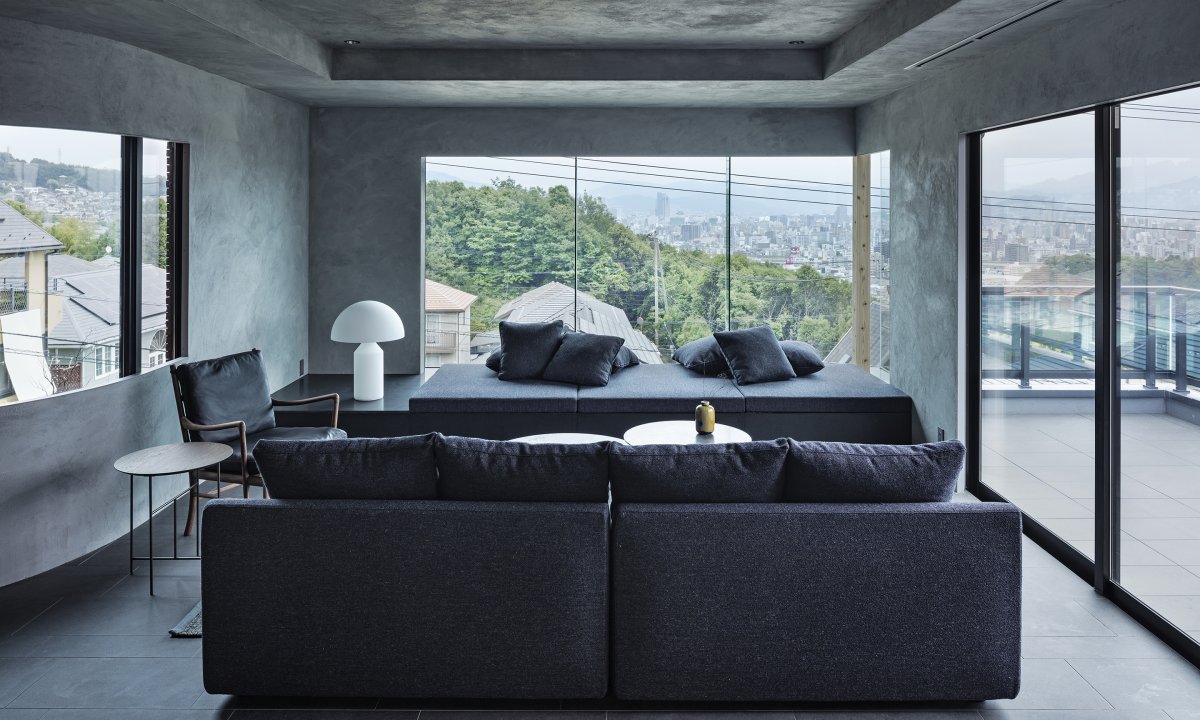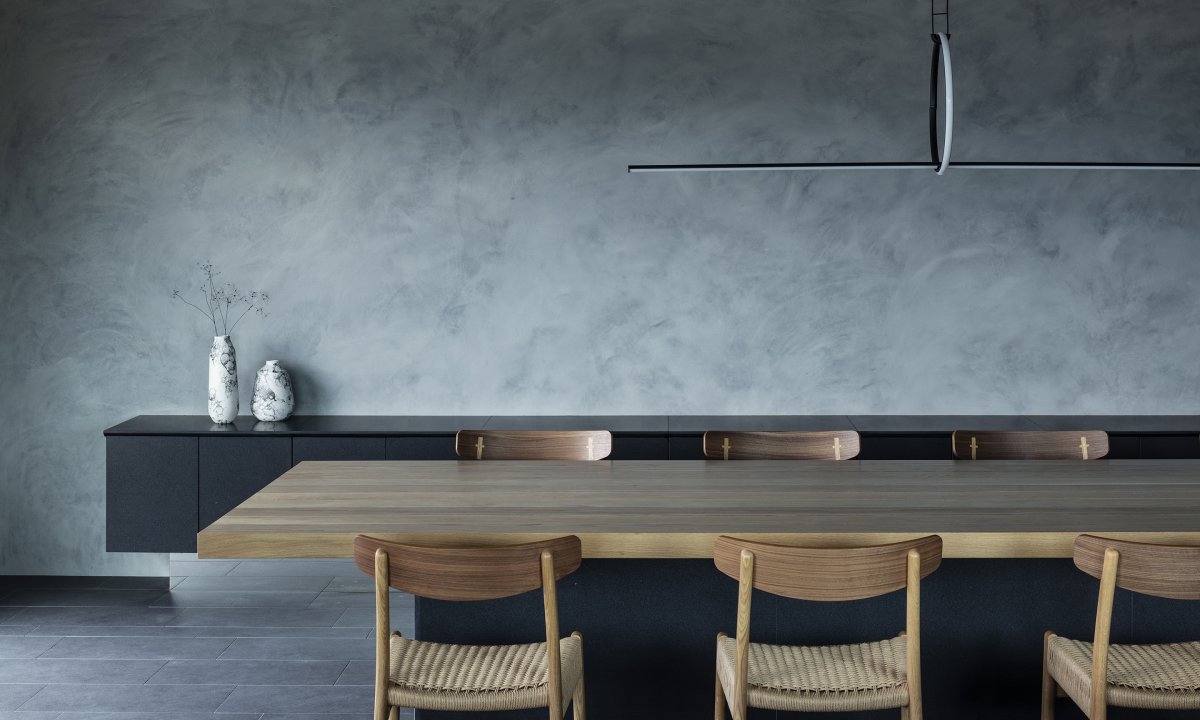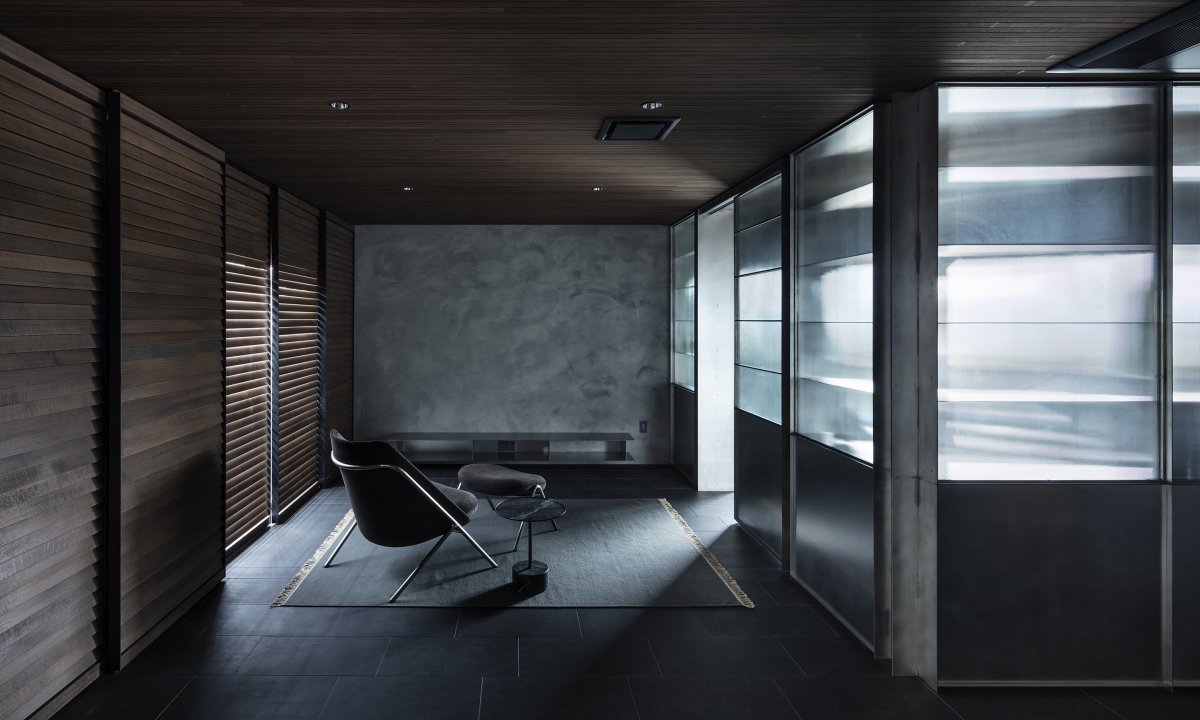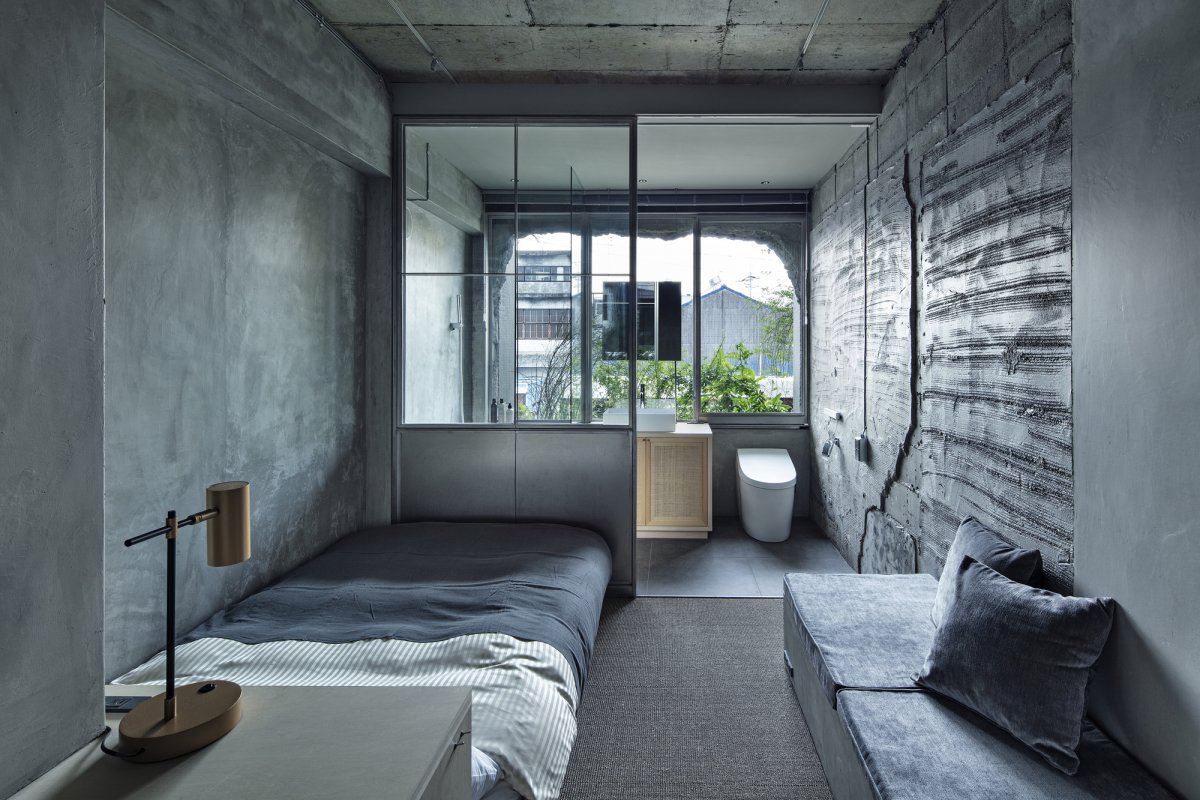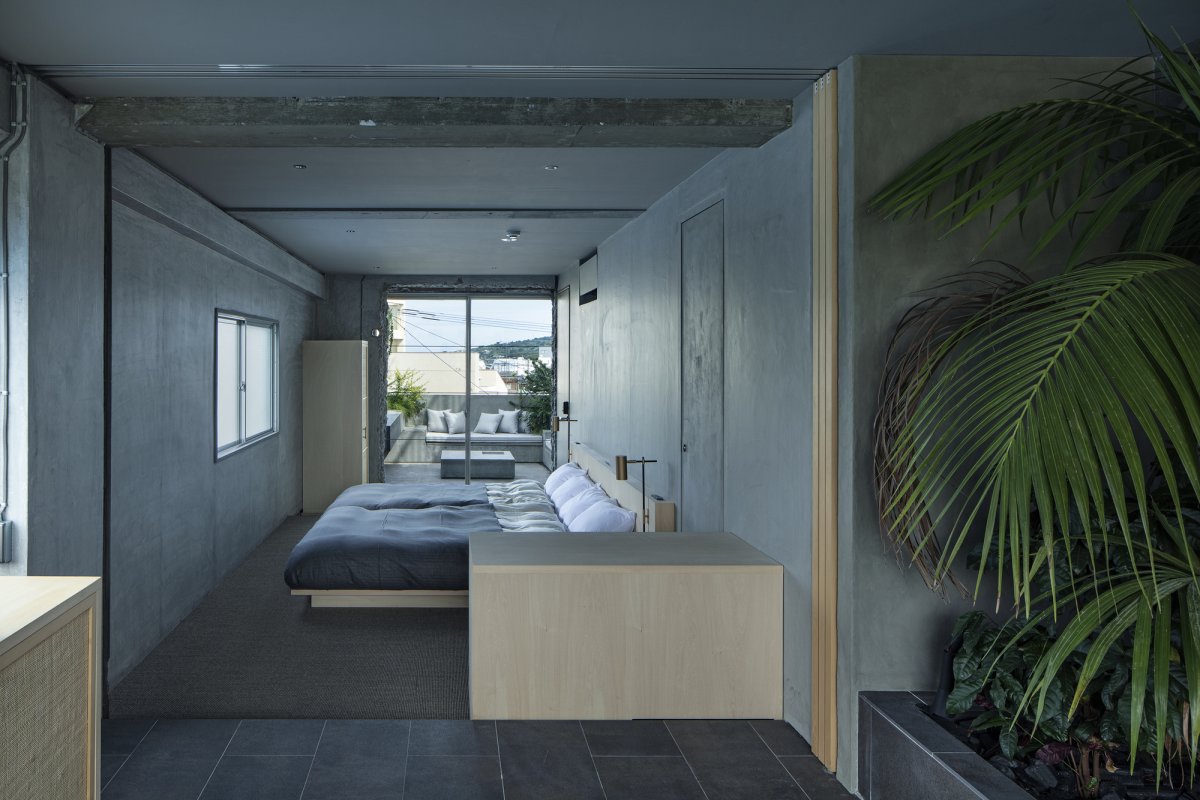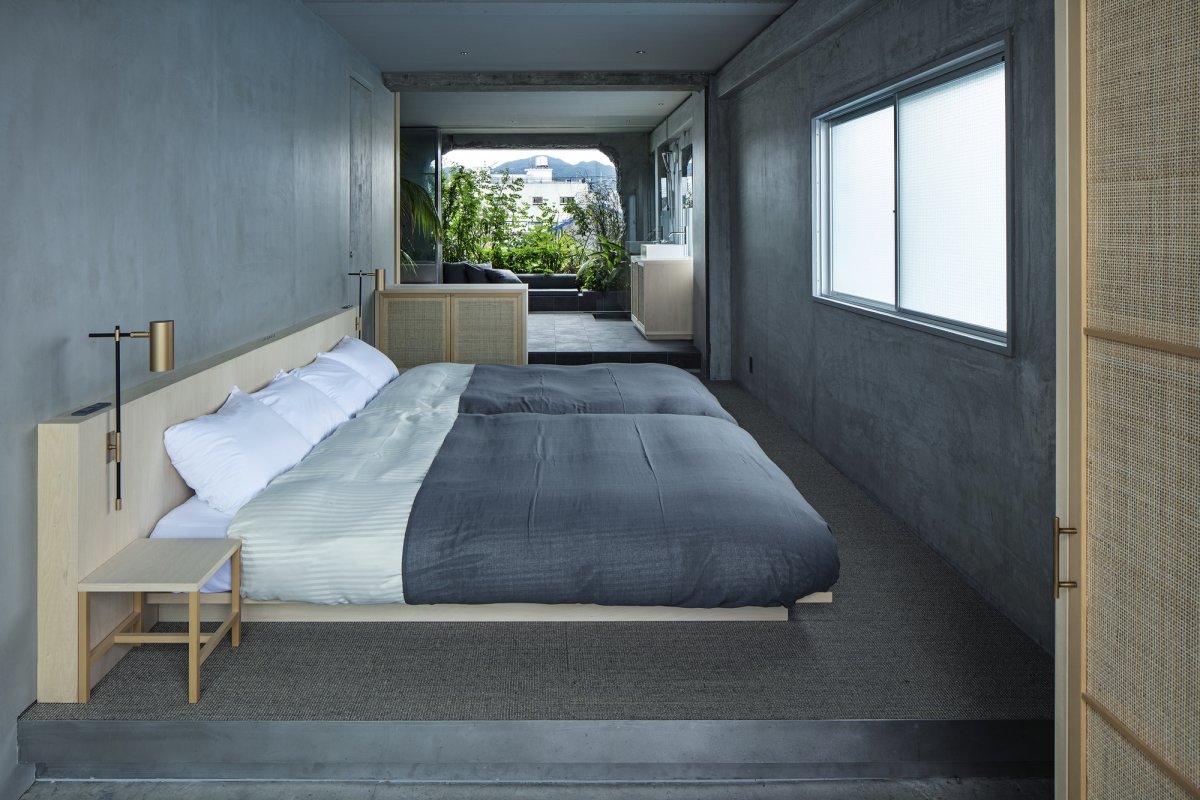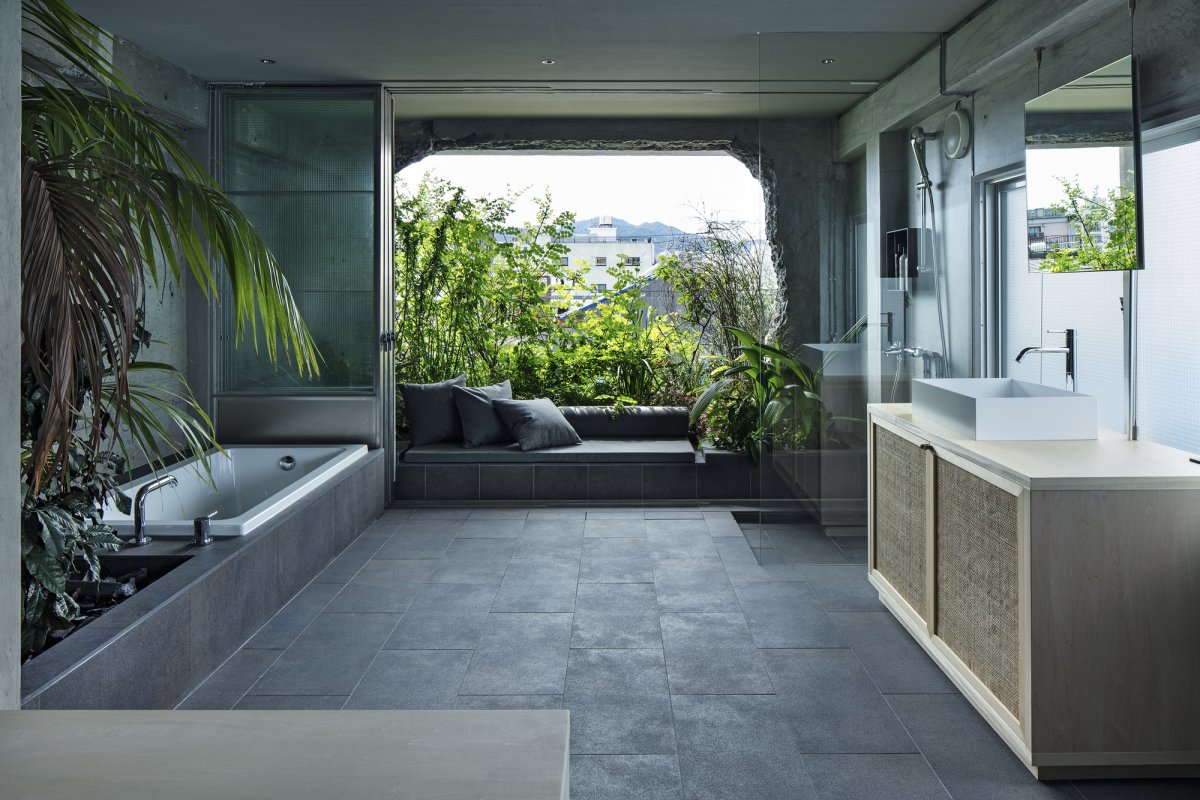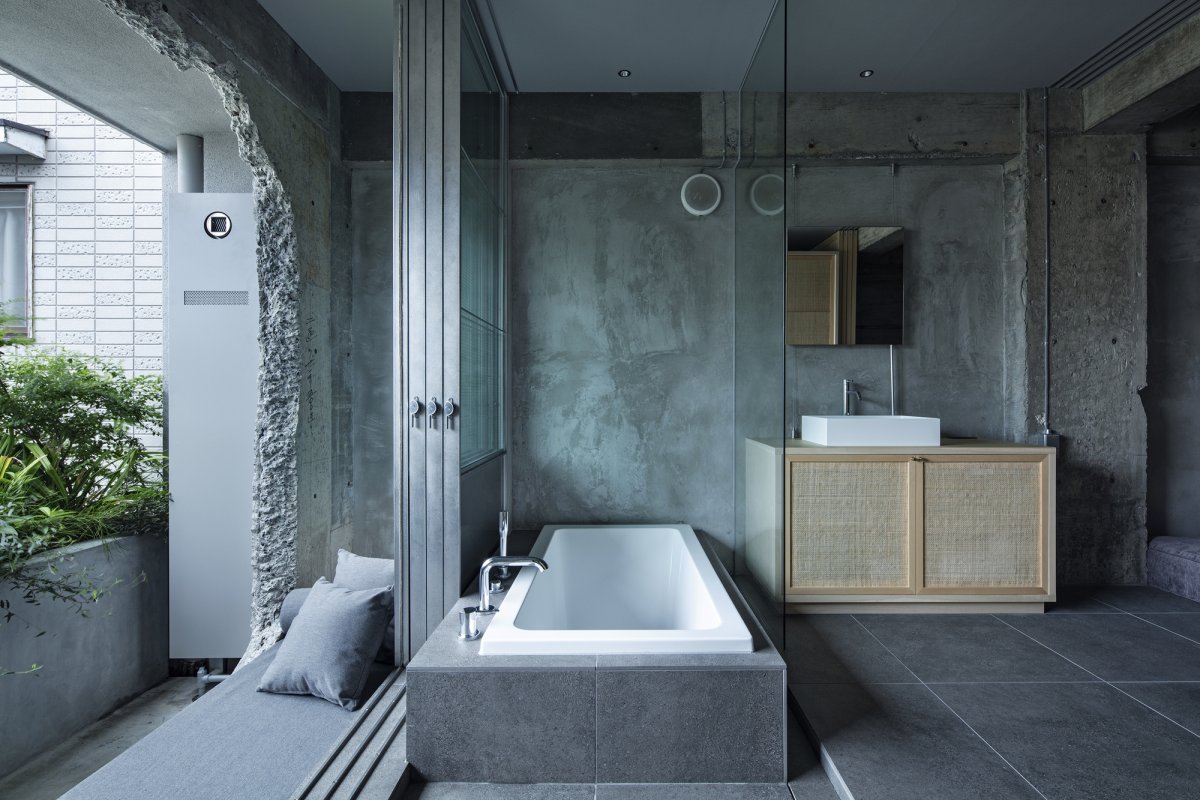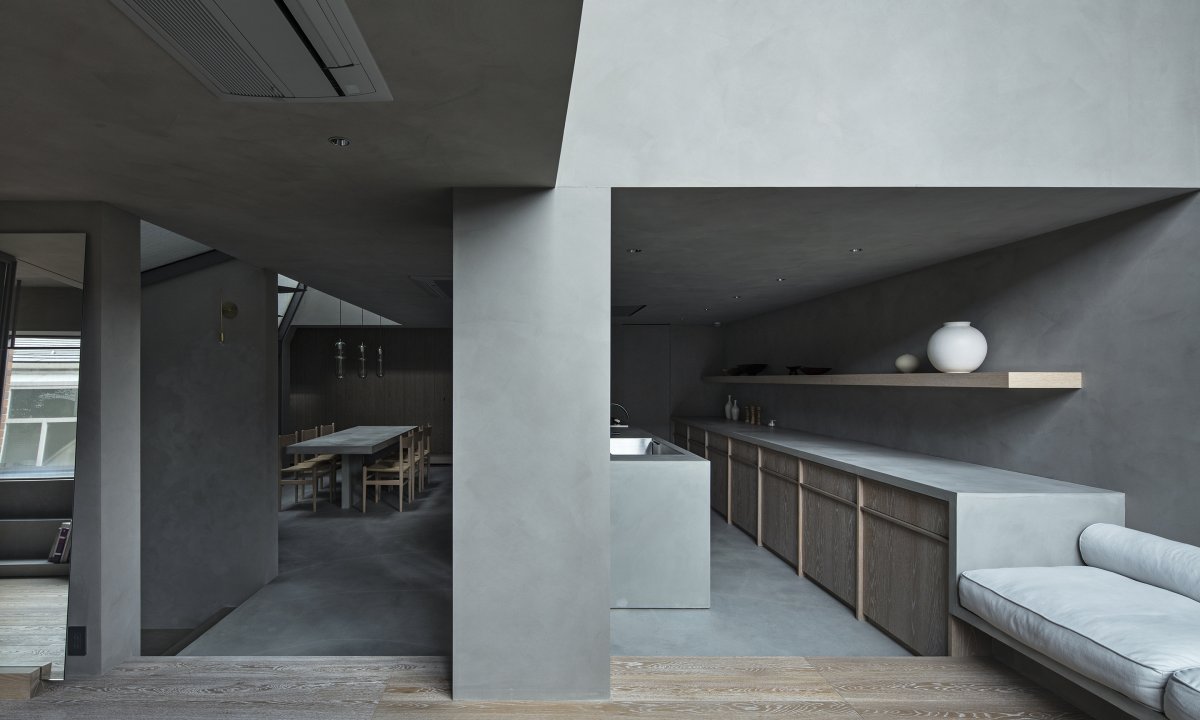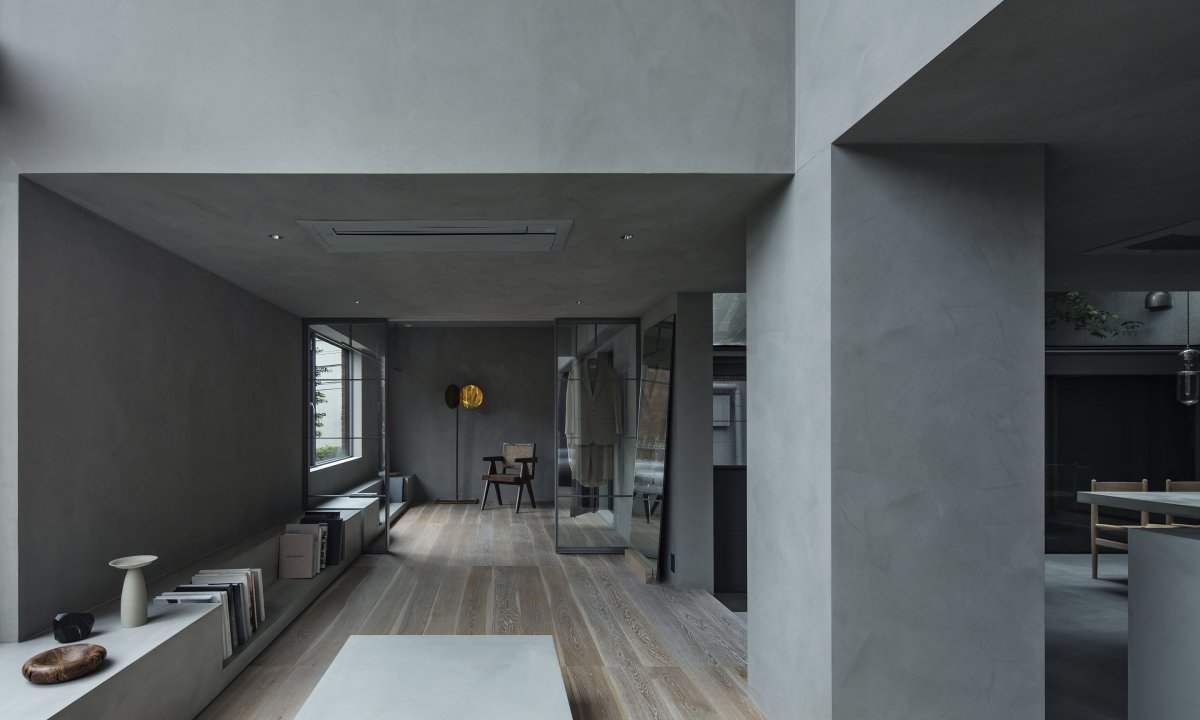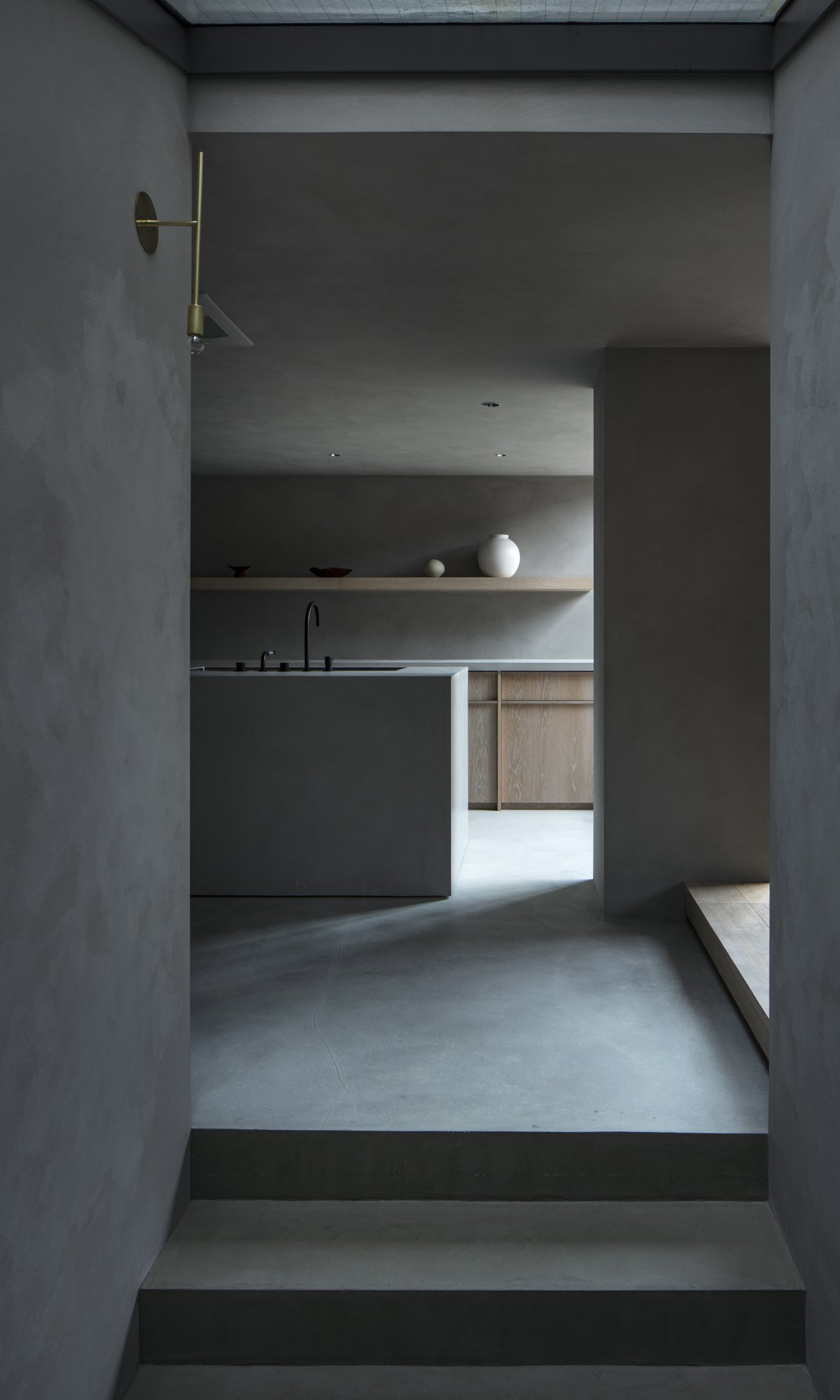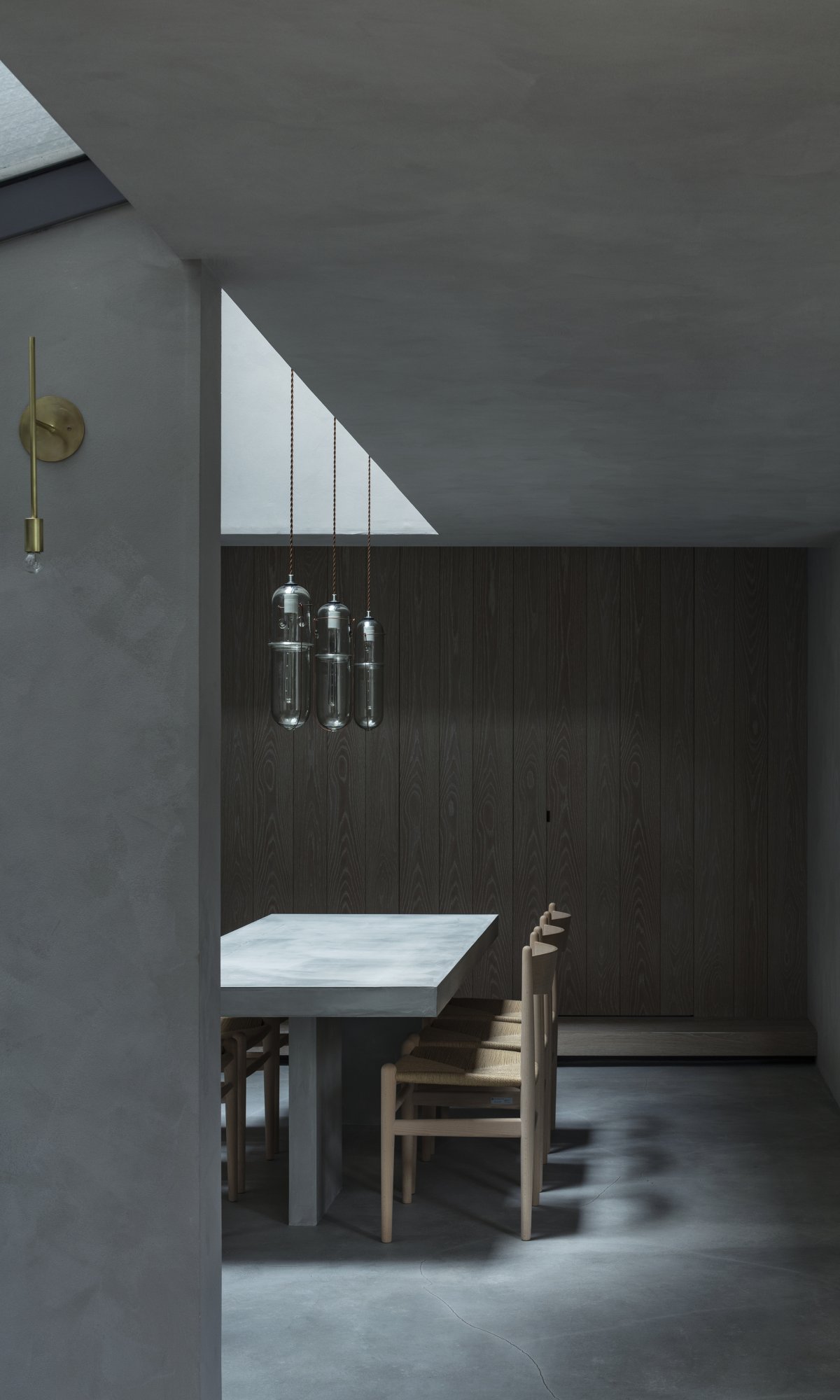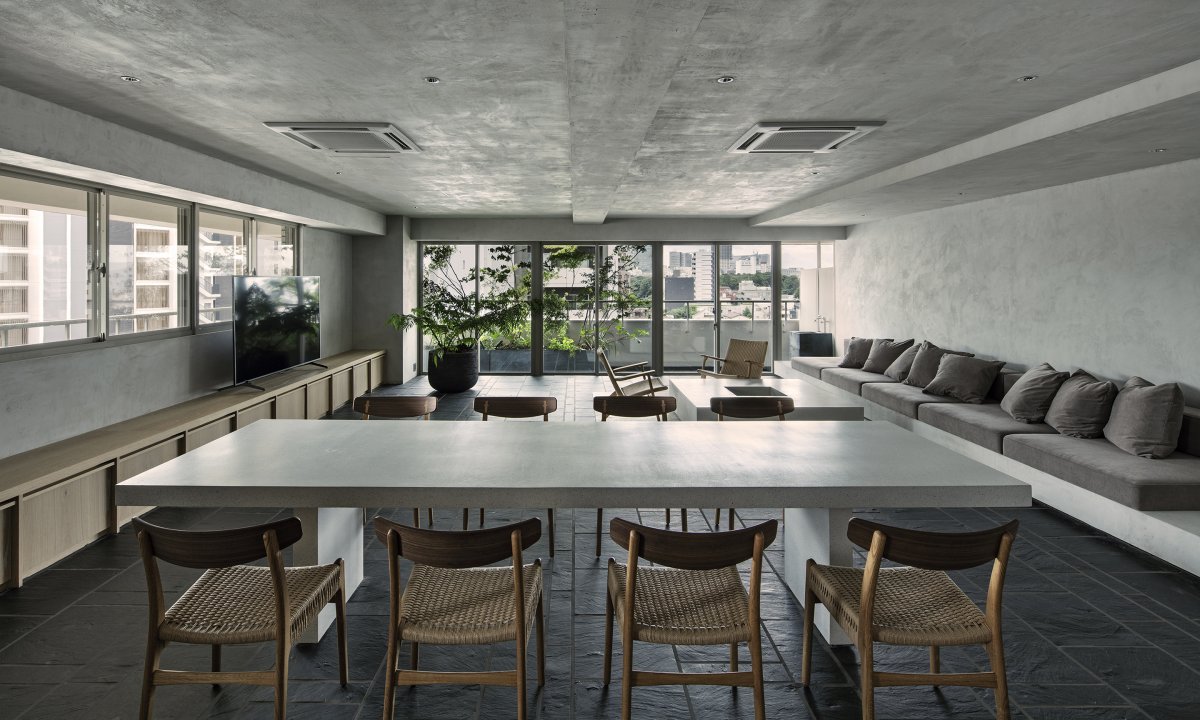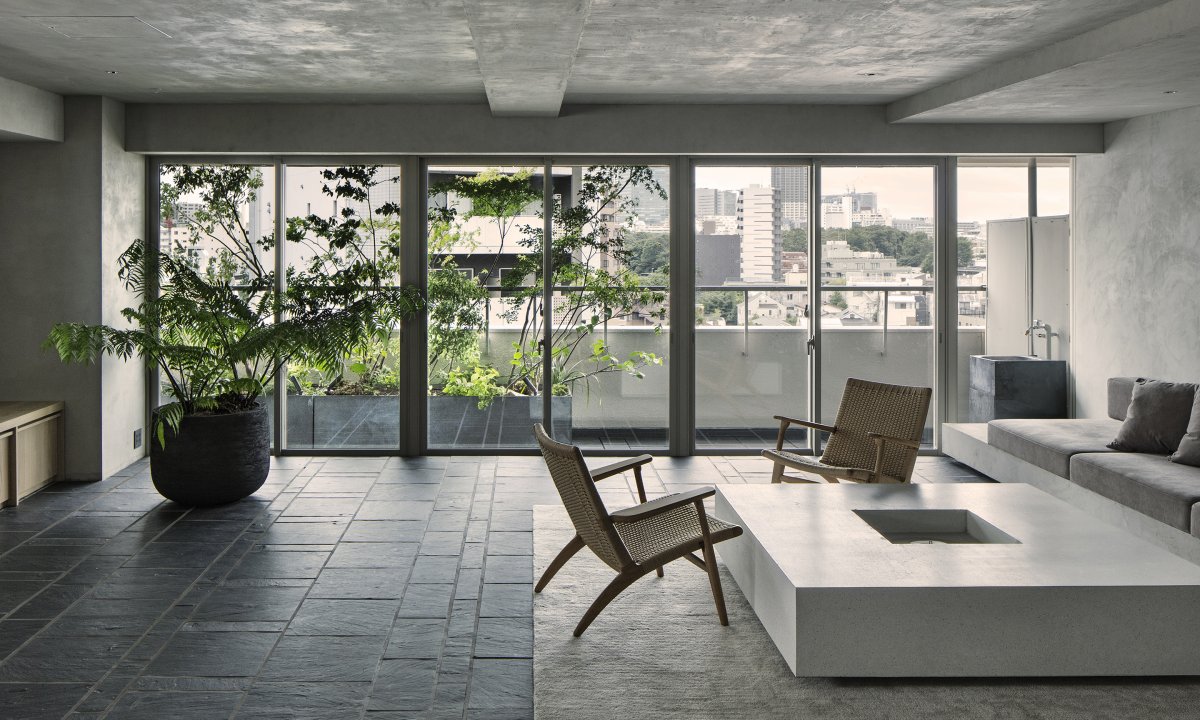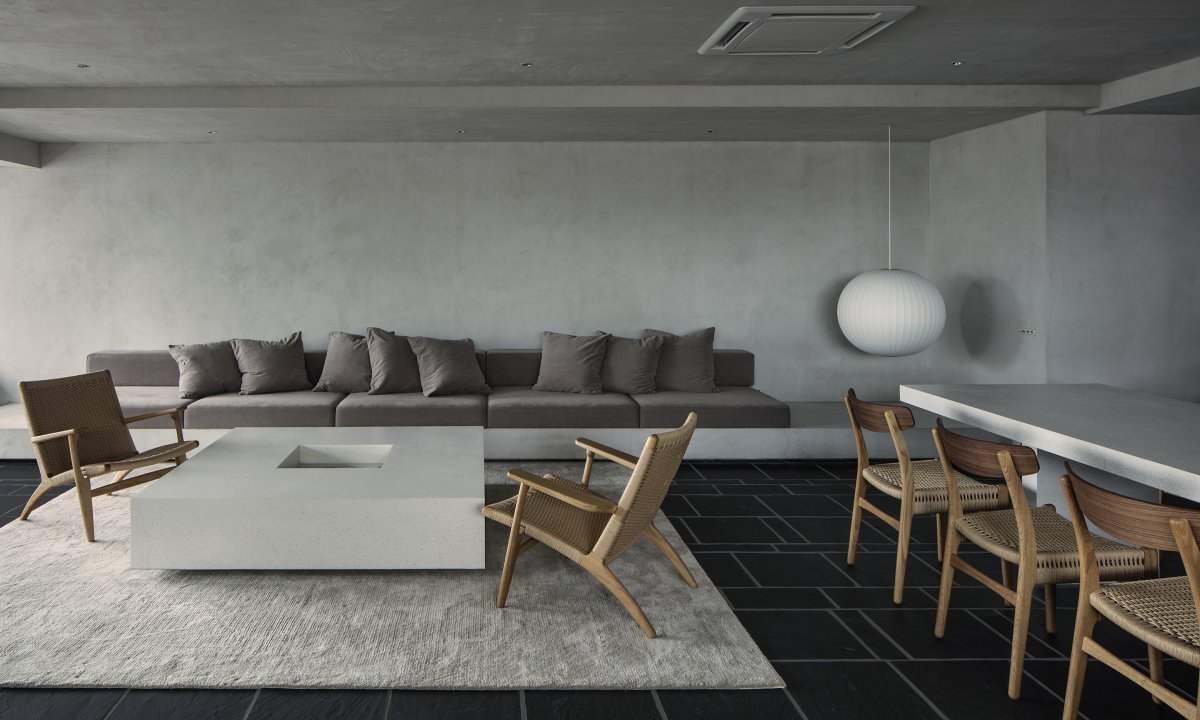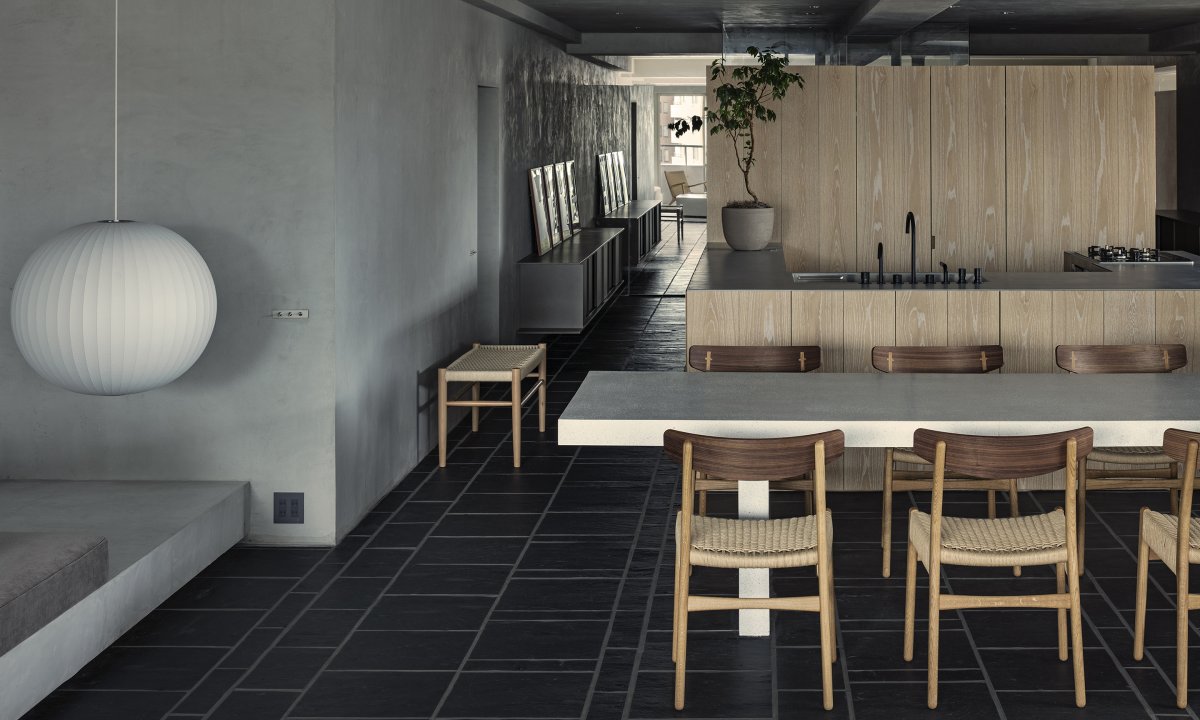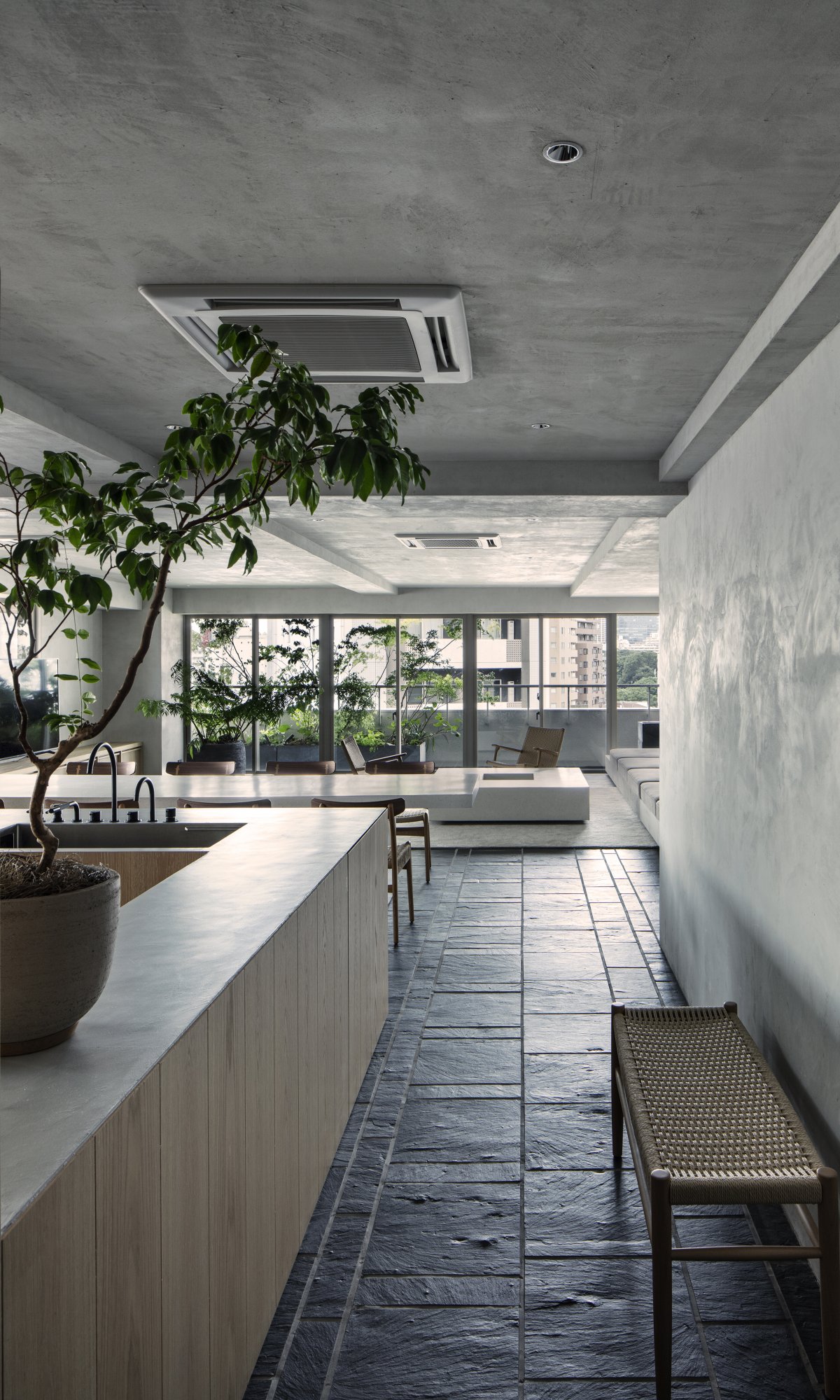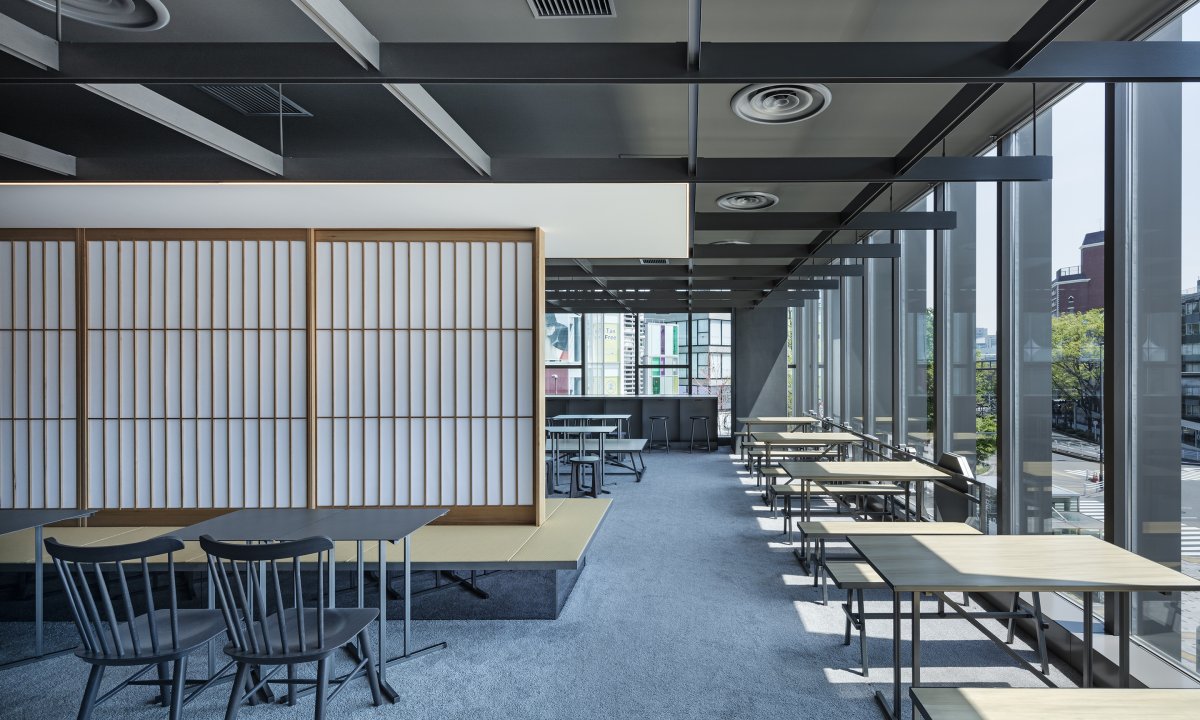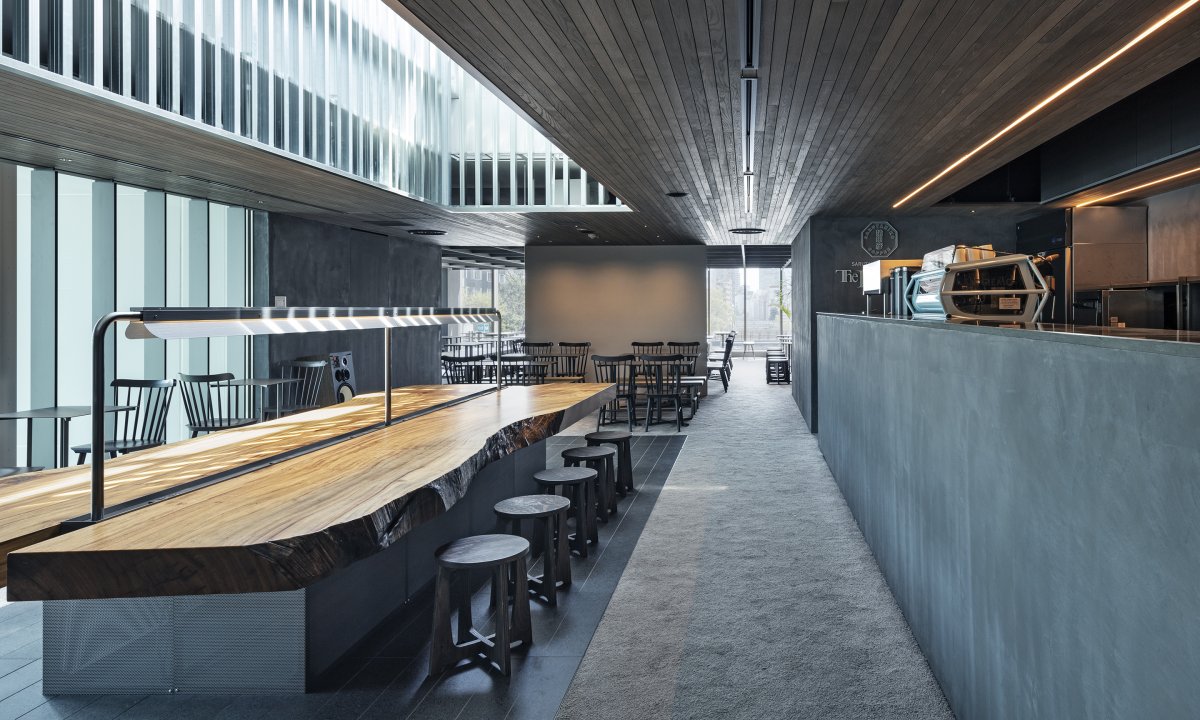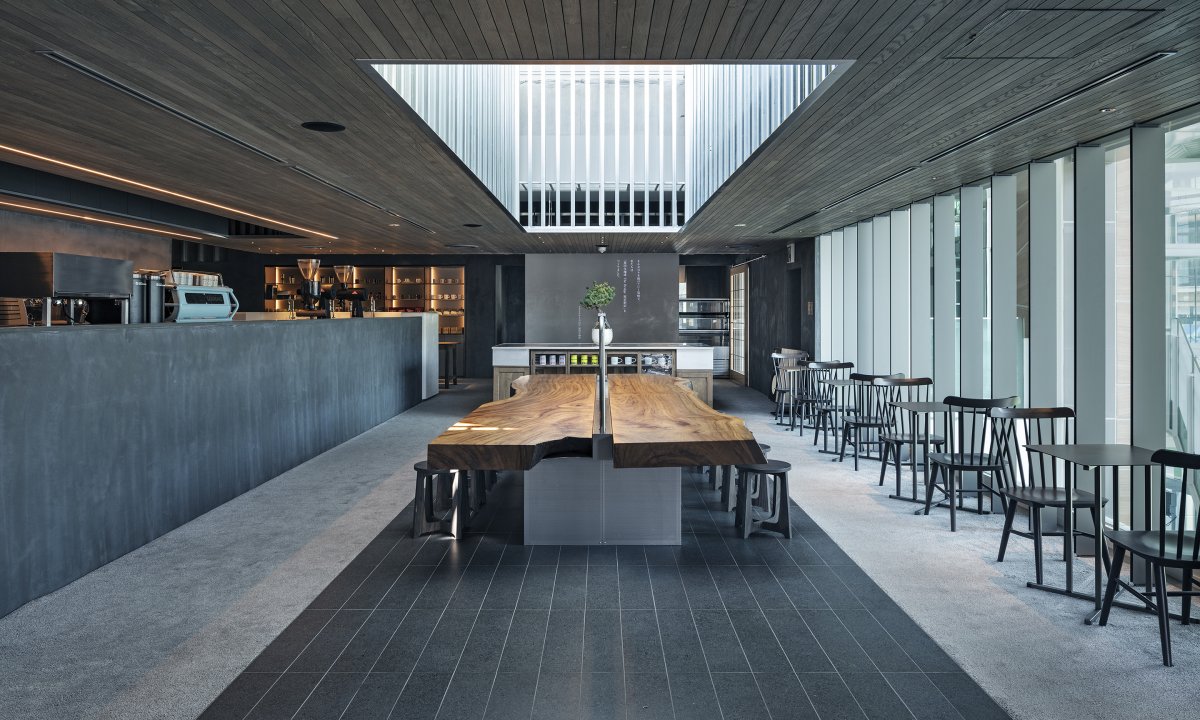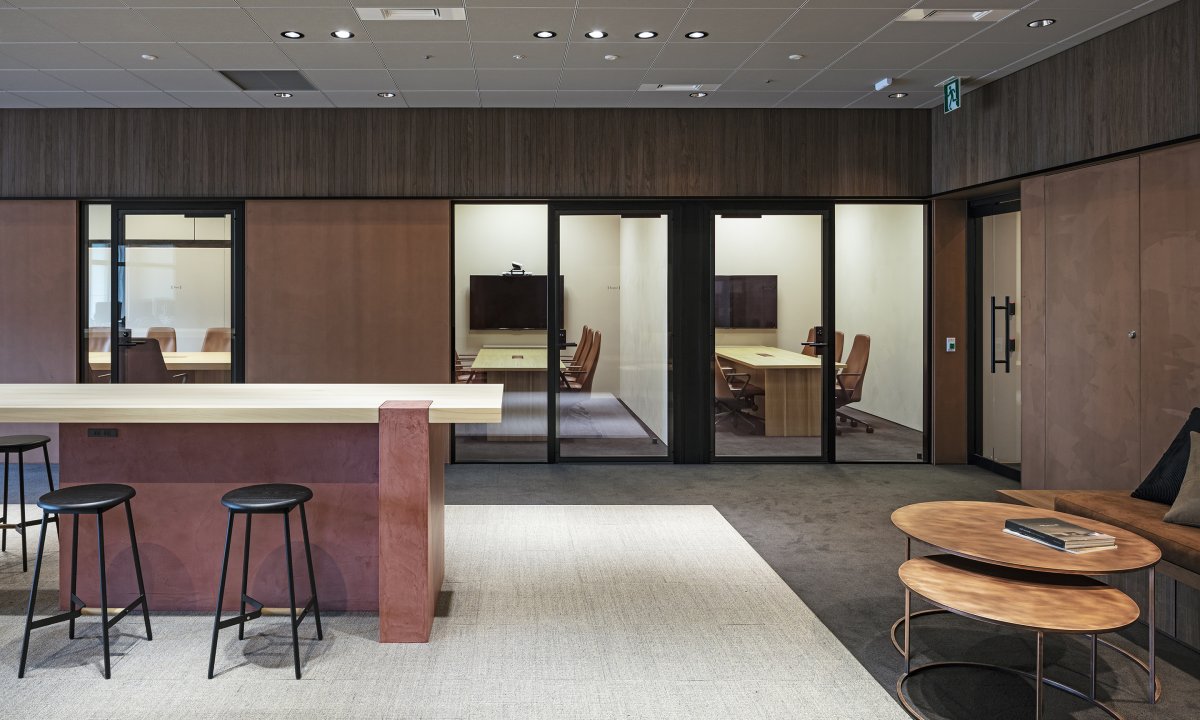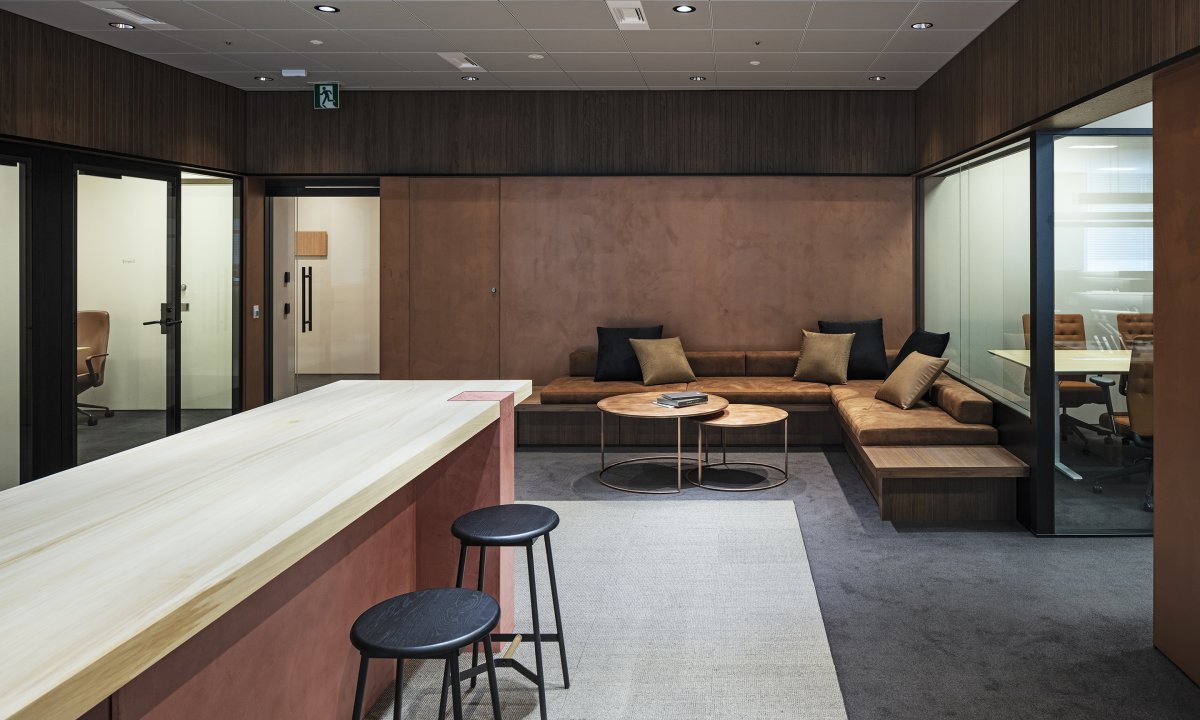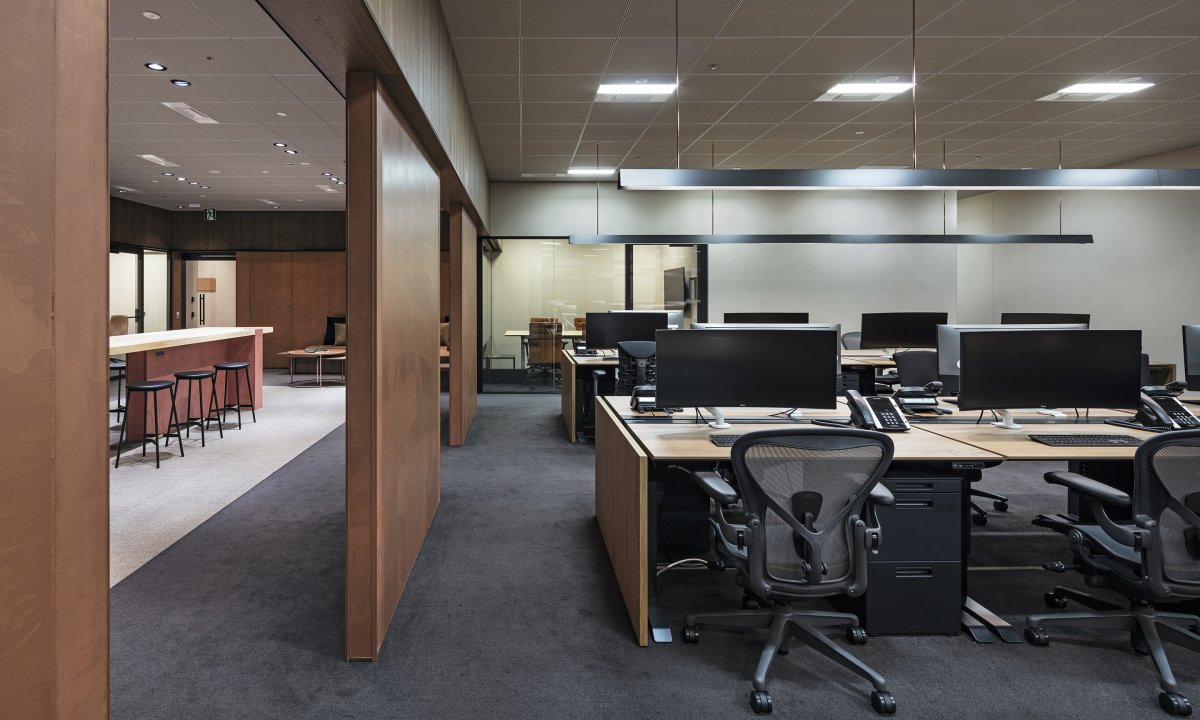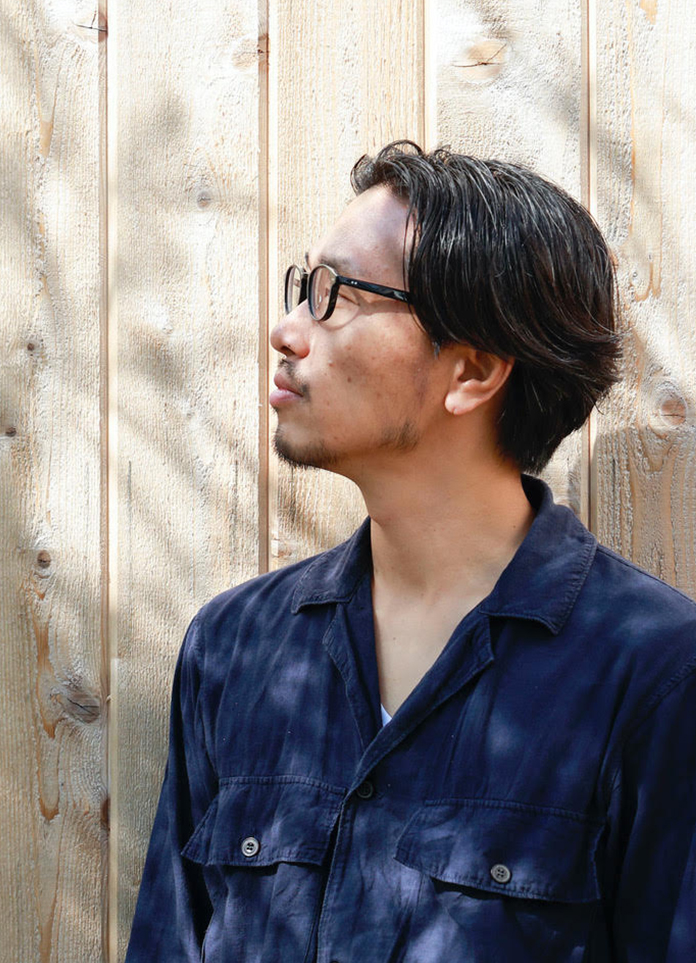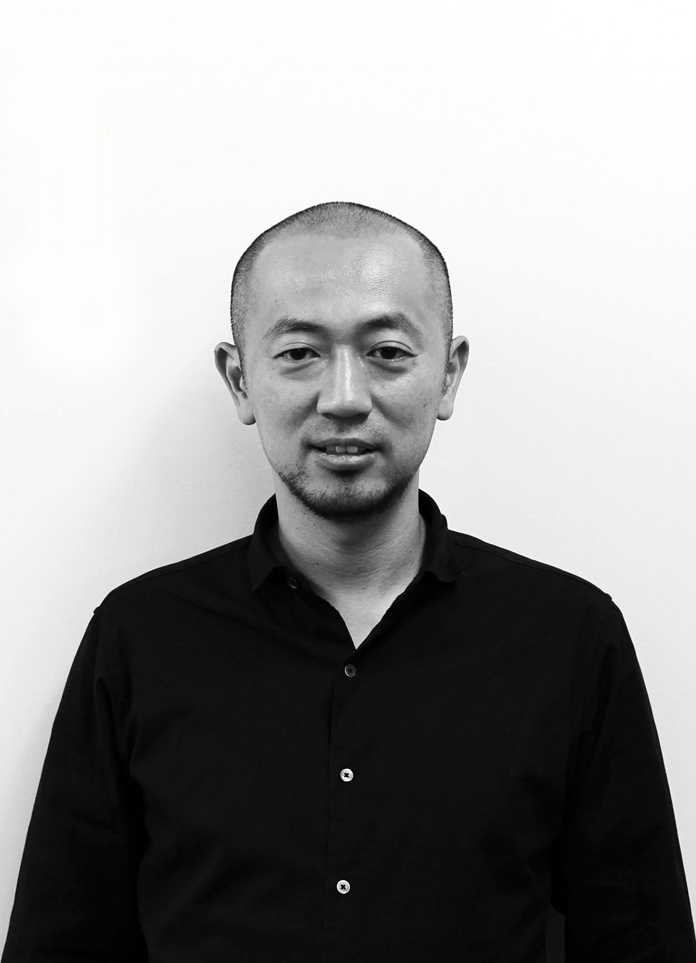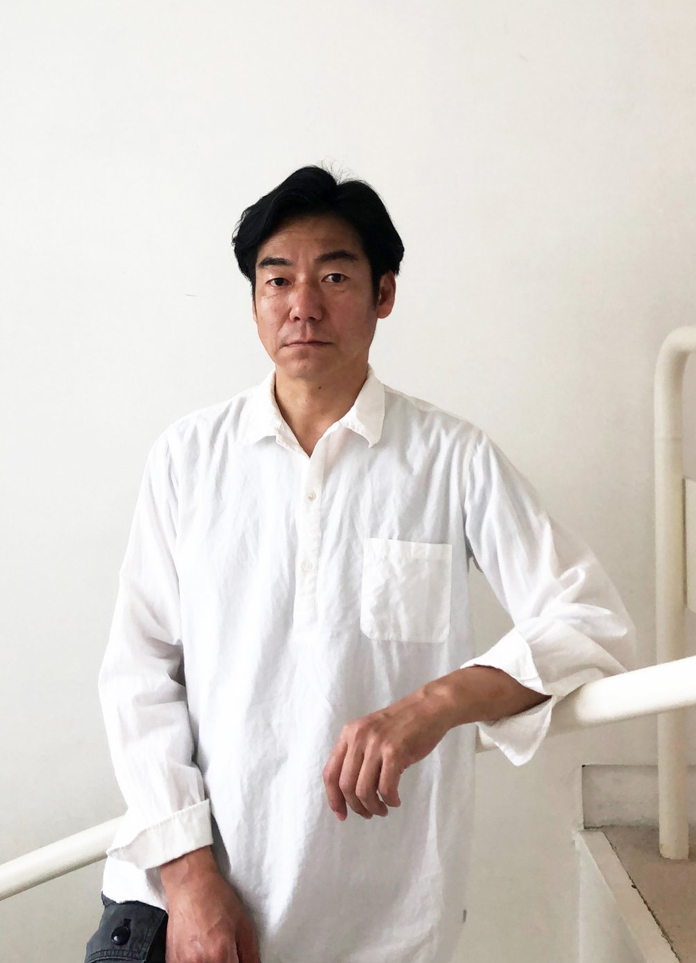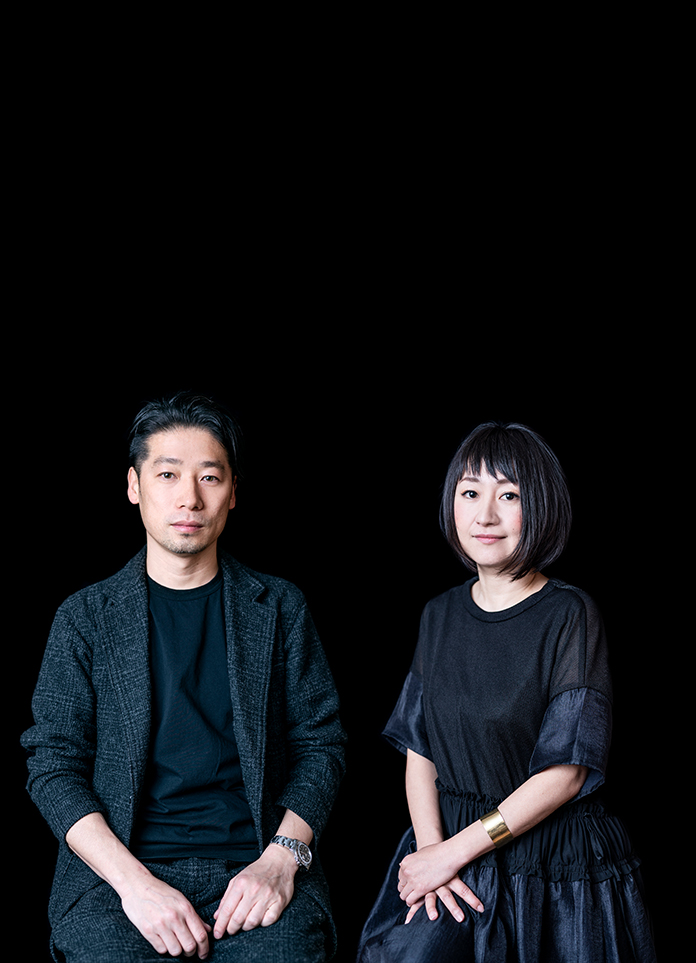
Suppose Design Office is an interior Design studio based in Tokyo, Japan, founded by the founders Tanijiri Makoto and Ai Yoshida. Their design philosophy is: no matter what the situation, to return to the essence, keep thinking, don't get lost. Constant action to achieve. The studio wants to be a team that is involved in the making of everything and continues to create the future.
Yinjispace: How do you see the relationship between space and light and materials?
Suppose:We believe light and materials are the elements that give great impacts to spatial experiences. Therefore, it always has to be considered together with architectural operations that provide scale to the spaces, such as large, small, high and low. For instance, shiny materials can visually expand the space, and shades generated from textured materials can emphasise the existence of light and shadow. When these sorts of effects work on five senses, encouraging and expanding the aimed environment, quality of the space would be reinforced furthermore. We consistently think about these relationships in order to achieve expression that exceed physical spatial scale.
Yinjispace: How do you create a new feeling for each project? It is very difficult to jump out of the inherent design thinking.
Suppose:We always keep in mind to start designing by suspecting what said to be normal, and start thinking of “new normal”. This is because we believe design is means, not the end. First of all, we start designing by considering what is the goal of the project, and by figuring out the nature of it. For instance, having meals outside makes food taste good, and having a bath outside feels good, however spaces for restaurants and bathrooms are normally located inside.
When planning a nursery, normally it is designed only with thoughts and demands raised by adults, when it supposed to be a place for children. If this norm was shifted, and children were the client, we would realise that there are various other possible forms for the spaces to be created. Like so, by getting rid of norms and common senses and starting off with questioning them “why?”, we believe that we could draw new values to the spaces.
Challenges, constrains and problems that would be generated during these design processes should be solved. We need to think of ways to derive actions and senses from particular spaces. By designing these matters depending on projects, new values would be created, and places with new senses lead from transformation of values would be generated. We try, not only to design the way places ought to be, but also to organize the project itself, and to have intention to design the value of places by even getting out of a domain of architecture and interior design when we challenge the projects. This is our way of thinking towards design.
Yinjispace: You have only studied in design school for two years, but your design undoubtedly surpasses the "degree-qualified" designers in your field. How did you think about it? Why did you choose to leave school? How did you start your design career when you left school?
Suppose:The time I seriously started to face with architecture and design was when I created our own business team, Suppose Design Office. By figuring out our ways, the business started with designing my friends’ small shops and houses with low budget. I started to become fascinated with amusingness of architecture in such environment, but at the same time, we also had a feeling of inferiority to the fact we haven’t learned at academic places, and that we didn’t have excellent architectural background or context. This let us to have a stance to keep thinking in order to grope new values that can be generated because of us who do not have a patterned way of thinking.
If the project has a tight budget, transform it into appeal of uncompletion, and for a spatial design of an old structure, it can be interpreted that the design is collaborated with time and history. By doing so, we can generate things beyond our ideas and ability. Rather than creating everything by dominating with our own thoughts, we have been seeking our original way of design by having affirmative mind like “aikido” which absorbs others’ strengths and change it into techniques. Which is to say, the reason why we value to embrace negative conditions and constrains as features and able to shift them into new appeals, might be because we had non excellent career as a start.
Yinjispace: How do you see the influence of Japanese traditional culture on contemporary design? Do you have a favorite designer? why?
Suppose:We see potential in vagueness which is Japanese distinctive culture and sense. If it was compared to elements of traditional Japanese houses, vagueness shows in long eaves and engawa (extension of floor between inside and outside spaces), or in doors and shoji that can be opened or closed and its uses and sizes can be adjusted depending on season and time. These are not black or white, instead it allows to imagine all kinds of grey in between. The appeals yet unseen are hiding in every “between” such as in between inside and outside, and in between different matters. We feel like we can learn a lot from this kind of idea during the time of development and transition in physical technologies.
Yinjispace: When people talk about Japanese design, they think of Wabi-Sabi culture. How do you understand the relationship between Wabi-Sabi and design?
Suppose:We understand idea of Wabi-Sabi as to express the depth of thought as minimal as possible. To make people feel what is not actually there without explaining, but by letting them imagine and by resembling thing, is only possible with high spirituality. Therefore this idea is very valuable in a society with matured richness.Sen no Rikyu the tea master, who provided value to this idea as Japanese original culture is a wonderful designer sand a producer.
Yinjispace: What do you hope for the future development direction of Suppose Design?
Suppose:The world became to have huge changes to its concept of values due to information publication on internet as well as COVID-19 which became a worldwide circumstance. As a team, we are aiming to have an action that draws better scenery by crossing domains with co-creation of others and nature. Not just doing offered works, but by planning spaces on our own and expressing it to the society, we want to contribute to the city and the society, and we also want to seek for architecture and active spaces for people in cycles of nature.
- Architect: Suppose Design Office
- Photos: Toshiyuki Yano
- Words: Ying
